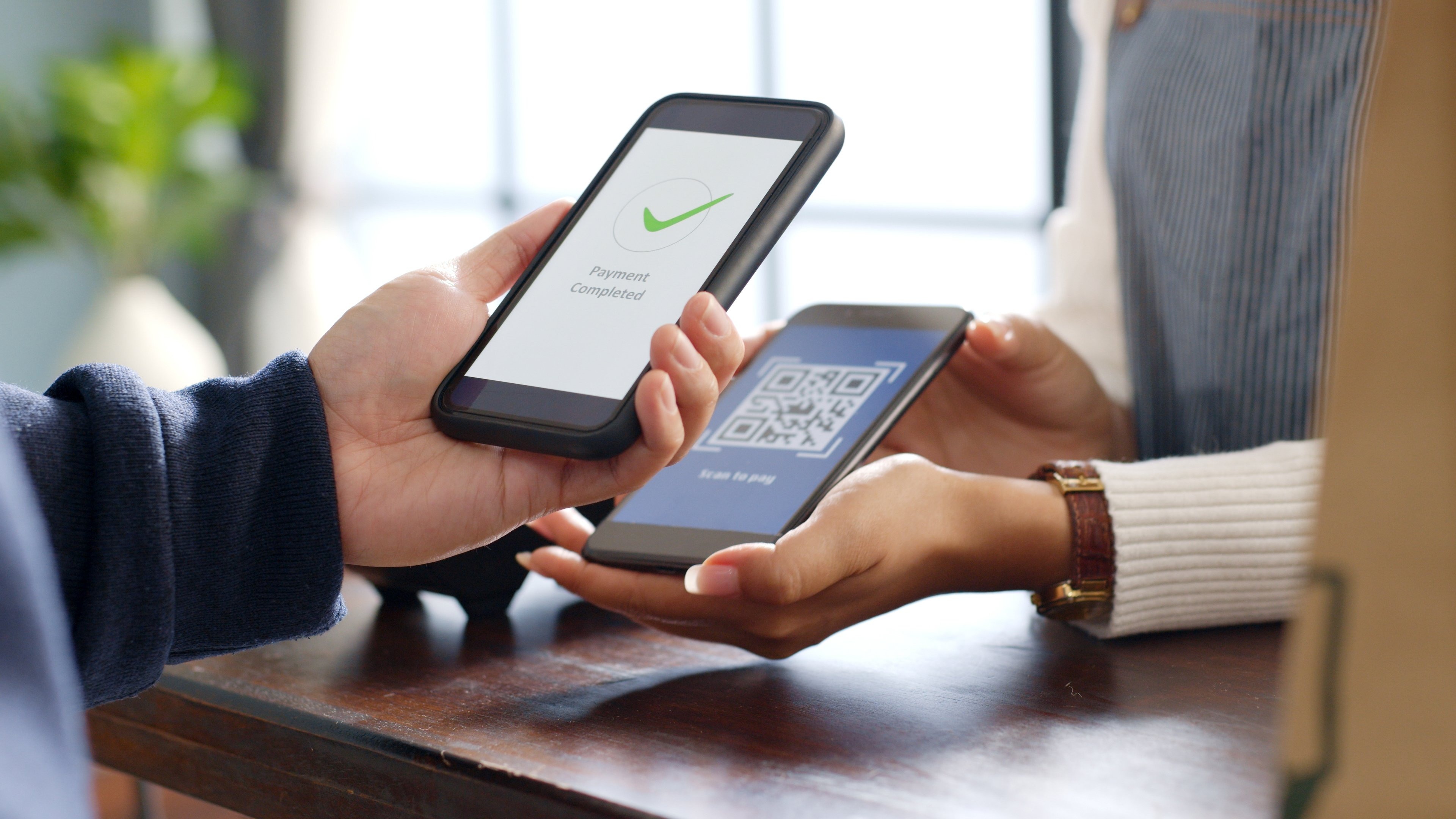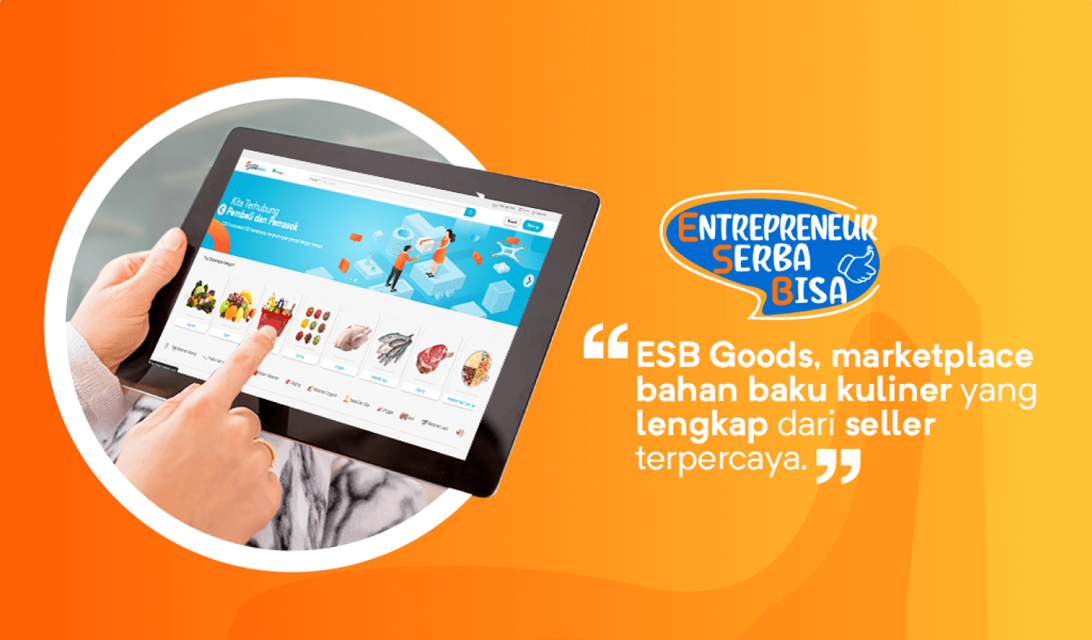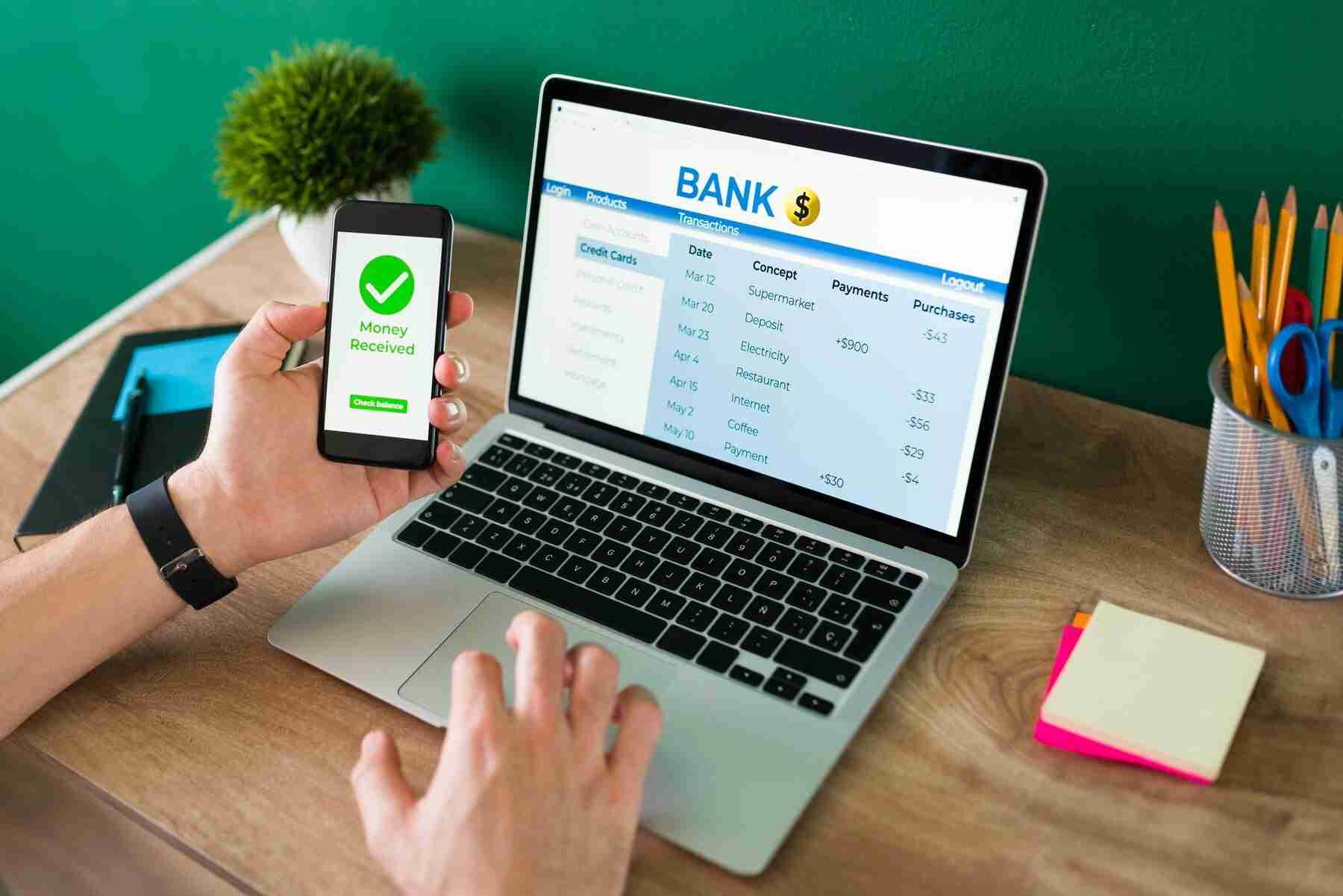 SHARE
SHARE
Payment Link: Definition, How It Works, and Practical Examples for Business
Dika Wahyudi
In the digital age, both customers and business partners increasingly expect fast, easy, and seamless payment processes.
Cash payments are gradually being replaced by digital payment systems that are more practical and efficient.
As a business owner, it’s essential to provide a simple and effective payment method that can be integrated with the digital invoicing system, thereby speeding up the transaction process and reducing administrative barriers.
One solution that can be utilized is a payment link, a payment URL that can be sent directly to customers through various platforms like WhatsApp, email, or other communication channels based on their preference.
Without needing to download additional apps, customers just need to click the link to make the payment.
Although simple, this feature can have a significant impact on transaction efficiency in business.
Let’s dive deeper into the definition, how it works, and the benefits of payment links through this discussion.
What is a Payment Link?
A payment link is a unique URL generated by a digital payment system. This link contains all the information about the bill and the payment methods available.
When a customer or business partner accesses the link, they are directed to a custom payment page designed according to the business needs.
This page typically provides several payment options, such as bank transfers, QRIS, e-wallets, or credit cards.
The main advantage of a payment link is its flexibility. You don’t need a website or complicated system to use it.
All you need is a platform that provides payment link services to create and send the link to your customers.
Some platforms that provide payment link services include:
- Payment Gateways: such as Midtrans and Doku.
- E-Wallet Platforms: like OVO, GoPay, and Dana.
- Marketplaces or POS (Point of Sale) Applications: such as Tokopedia, Bukalapak, and Shopee.
Read more: Cash Register vs. Point of Sales (POS): What’s the Difference?
Understanding How Payment Links Work Easily
The payment link system works by generating a unique URL that automatically contains payment information.
This link can be sent via various media, such as WhatsApp, email, or other communication platforms.
After receiving the link, customers just need to click it to be redirected to the payment page.
On that page, they can choose from various payment methods available, such as:
- Bank Transfers: through virtual accounts or specific bank accounts.
- QRIS: a single QR code that can be used by various payment apps.
- E-wallets: such as OVO, GoPay, Dana, ShopeePay, and others.
- Credit or Debit Cards: payments using cards like Visa, MasterCard, or JCB.
Once the payment is successfully completed, the system will automatically send notifications to both the customer and the seller as proof of a legitimate transaction.
Here’s an example of a payment link yang terintegrasi langsung dengan sistem invoicing dan dikirimkan melalui WhatsApp.
The customer receives the link after the invoice is created by the seller and can immediately make the payment through the link.
Source: ESB
Read more: What is a Payment Gateway and Payment Aggregator? Check the Difference!
Why Do Businesses Need Payment Links?
Relying on manual payment methods such as bank transfers followed by text message confirmations is no longer efficient in today’s world.
Payment links offer a faster, safer, and more professional payment solution.
Additionally, you’ll gain extra benefits such as real-time payment status tracking through automated reconciliation systems.
Here are some of the benefits of using payment links for business:
1. Transactions are faster and less prone to errors
With payment links, customers no longer need to manually enter the amount or account number.
They simply click the link and select the payment method, which reduces the risk of transfer errors and speeds up the payment process.
2. Smoother business cash flow
The easier it is for customers to make payments, the faster the funds will be deposited into your business account.
Some platforms even provide automatic notifications once payments are received, making cash flow management more efficient.
3. Suitable for all types of businesses
Payment links can be used for various types of businesses, ranging from retail sales, project-based services, to subscriptions.
This flexibility makes it ideal for both online and offline businesses.
4. Reduces the operational team’s workload
With an automated system, you no longer need to manually check bank statements or confirm payments manually.
All transactions are recorded and can be monitored through an integrated dashboard, allowing the team to focus on more strategic activities.
Read more: Payment: Understand the Types and Systems You Need to Know
Managing a business is not just about selling products or services, but also about creating an efficient and pleasant payment experience for your customers.
By adopting the use of payment links, you can not only improve customer convenience but also keep your cash flow healthy and your payment system well-organized.
Start using payment links to streamline the invoicing process in your business today!
*This article is a collaboration between Paper.id and ESB.
 SHARE
SHARE




